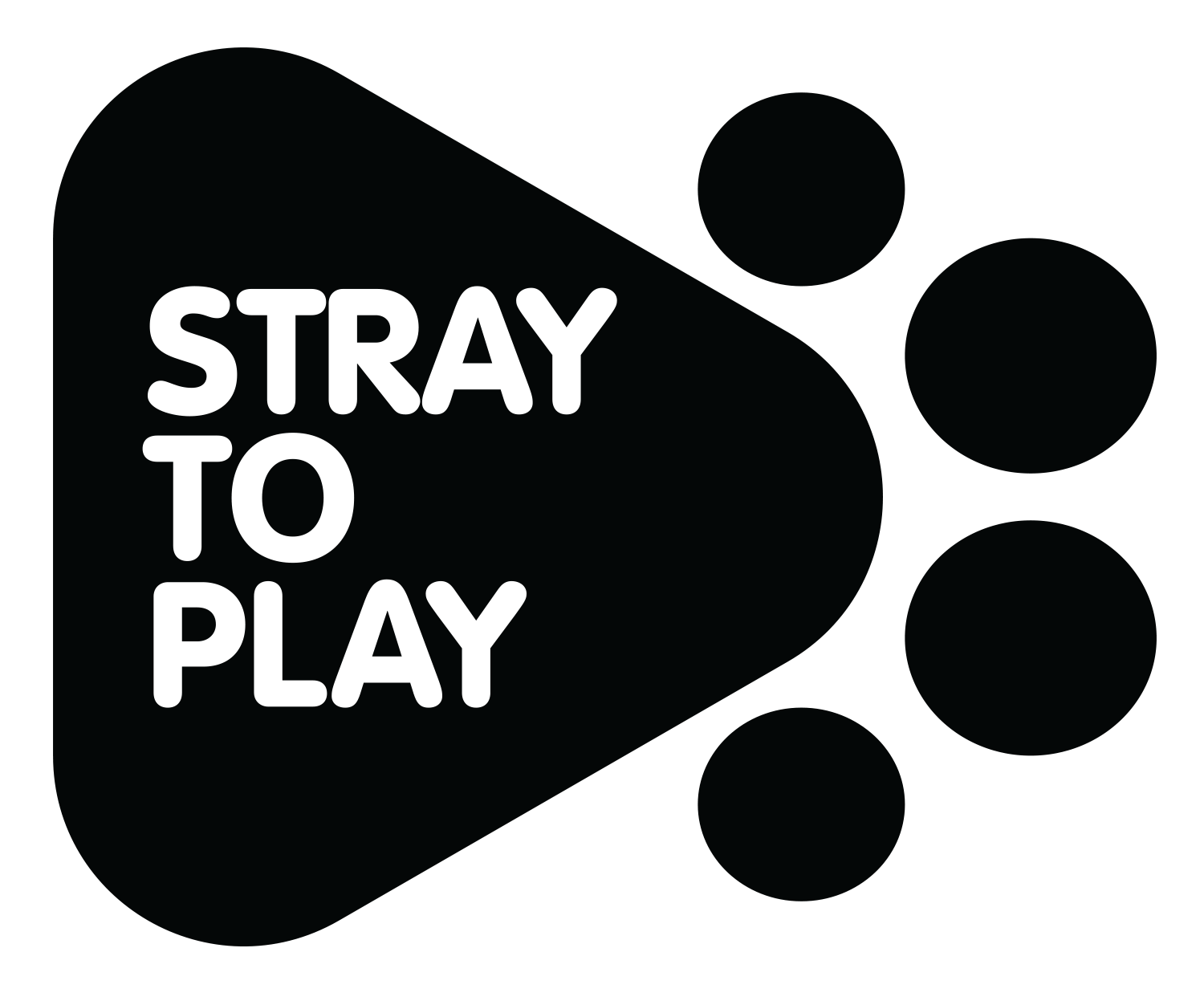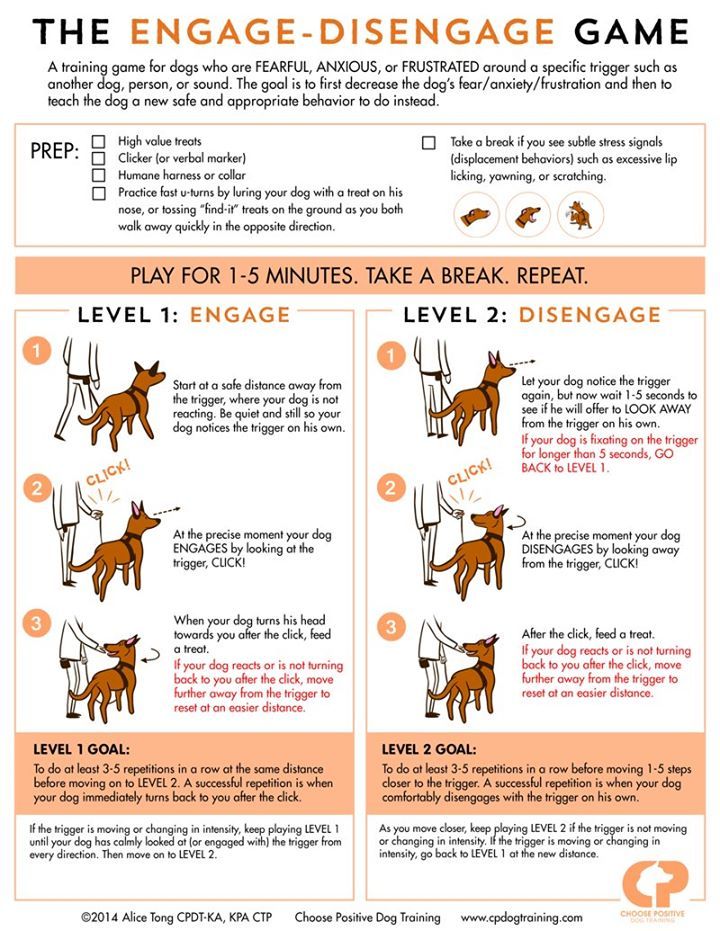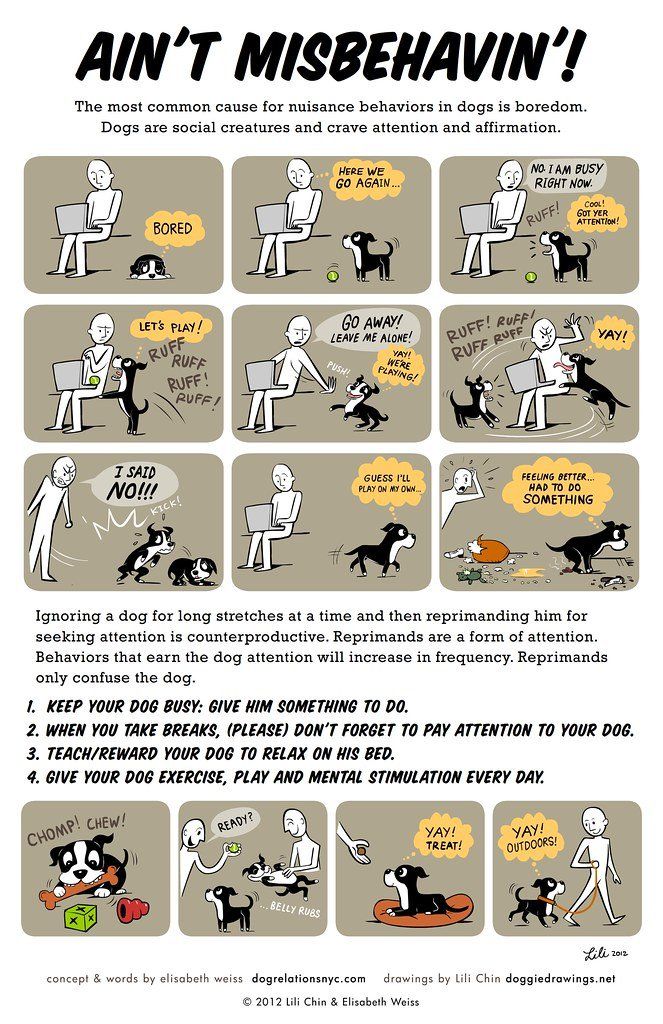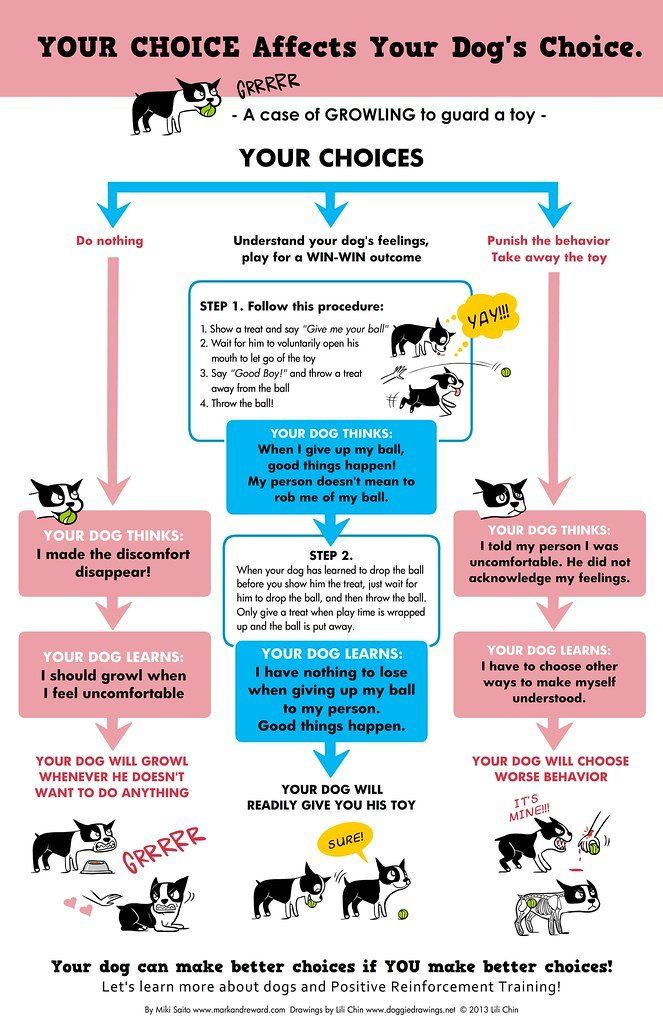Behavioural Issues
Stress, anxiety, anxiousness and reactivity are all behavioural issues that many rescue dogs develop. Here are some tips to help you help your dog combat these issues.
Dog Reactivity on Walks
What is reactivity?
Reactivity is usually a response to a trigger that is based on fear. Triggers can be people - men with beards, or hats - other dogs, certain breeds, etc. The response usually includes, but is not limited to, barking, lunging and growling. The goal of a reactive dog is the make the scary thing go away so that they can have a more comfortable distance.
How does reactivity develop?
Gradually, as the fear of the triggers increase:
this can be confusing because it’s hard to notice or understand a dog's subtler signs of fear and you may be putting them in fearful situations without realizing its harm.
Reactivity can be directly created by humans: it's triggered by negative reinforcement training techniques. We won't get into much detail since we don't agree with those methods.
Lack of exercise: overexcited and over-energetic dogs have a poor state of mind for meeting dogs and people. Remember - a tired dog is a happy dog.
Leashes and reactivity
Leashes make the dog feel trapped: Dogs know they cannot get away from the trigger if they want to. This makes them more fearful and more likely to react to defend their space.
Leash tension can create issues: pulling on the leash to get the dog closer will make him think the handler is anxious or scared, transferring that energy on to the dog.
How to Solve Reactivity on Walks
Understanding that reactivity is fear based is the first step to solving it: fear takes time and dedication to rehabilitate. Your dog isn't trying to be aggressive, he's just afraid.
Make sure your dog has a fulfilling and enriched lifestyle: this will help reduce excess excitement and energy your dog will have on a walk. One way to do so is to have an energetic play session followed by a short rest time, giving your dog a chance to calm down.
Teach your dog to walk politely on the leash and enjoy it: use positive training techniques as seen on training tips page.
It is important to advocate for your dog: if your dog is reactive to strange people or dogs, then it is your responsibility to make sure they aren't put into situations where they feel the need to defend their space.
Do not punish, correct or scold the behaviour: reactivity is a symptom of the underlying negativity the dog is feeling at the time, just like fever is a symptom of an underlying disease. Adding more negativity to a dog that is fearful in that situation will not solve the underlying problem; it will make it worse!
Engage and disengage game is the best way to solve all reactivity issues.
Separation Anxiety
Separation anxiety is a common behaviour in dogs-especially rescues. There are four distinct anxieties and one non-anxiety issue that are often clumped together and labeled as "separation anxiety". Understanding the motive behind the anxiety helps treat the root cause and make rehabilitation a lot easier.
1. True Separation Anxiety
This is defined as a dog that has a major attachment to a specific person and becomes anxious when that person is not with the dog. Having another person or dog around usually helps little, if at all. The environment the dog is left in usually doesn't matter, though a familiar environment is often less stressful than an unfamiliar one. This anxiety often lasts for the entire duration the person is gone. The dog may not eat, play or do any normal behaviour while their person is away. True separation anxiety is actually rather uncommon.
2. Isolation Anxiety
This anxiety applies to dogs that are just anxious being alone, or being without people; not a specific person. Having any person around significantly reduces or removes any anxiety that the dog is experiencing. Sometimes having another pet around has the same effect, but not always. This anxiety usually lasts the entire time the dog is alone. The dog will not take food, even really tasty food, while they are alone. Sometimes, if brought along in a car, these dogs will stay calm during the separation, but often they will be just as anxious being left in the car. This is the most common cause of "separation anxiety" complaints and generally develops because the dog was never taught how to deal with being alone properly as a puppy, and the normal puppy fears escalated.
3. Confinement Anxiety
Crating a dog when people are gone is becoming increasingly common. It is usually done to aid in housebreaking, and to prevent a dog from getting into things or participating in unwanted behaviours (such as barking out the window all day) while the owner is not home. Confinement anxiety is exactly that. The dog is anxious when being confined in things like a crate or small bathroom. The dog feels trapped and without an escape route from any perceived danger, causing the dog to get anxious. Often, the dog is anxious for the entire time they are confined, and often cause damage to themselves, the crate or door, and anything else in range. A dog with confinement anxiety will not usually eat treats when confined, even if their people are standing right next to them. Sometimes having people home and in the room helps them to tolerate it better, and they won't panic. But they will still show body language and signs of stress when confined. This is pretty common in dogs that were crated without being trained to be comfortable in a crate, have been forced into a crate in the past or have had a fearful experience while being crated. Usually a dog with only confinement anxiety is comfortable being left alone, as long as it is free to move about the home.
4. Abandonment Anxiety
Rather than fearing being alone, the dog is anxious of the event of people going and them being left behind or left out. Sometimes this is due to them fearing missing out on a fun event, but most of the time it is fear that if you go, you wont come back. In these cases, dogs start exhibiting signs of anxiety far before the person actually leaves. It starts when they blow dry their hair, put on makeup, and do other daily routine things that means that they are leaving. The actual act of leaving causes the dog extreme stress, but often the dog calms down once they have been alone for 10-15 minutes. While this seems like the easiest form of anxiety to manage, the dog can still do a lot of damage to the home and themselves during the initial panic attack. Dogs with this type of anxiety will often eat or play when alone once they get over the initial panic spike. Often these dogs will not display any anxiety if left alone in a car, as to them, this means they get to "come along". This is also a very common anxiety that often does not get treatment until it escalates into full blown isolation anxiety, which it often does if not worked through.
Boredom Behaviour
Although sometimes this is thought to be anxiety, this isn't anxiety at all. It's usually due to a dog just not getting enough stimulation in its life, and not taught to cope with downtime or relaxing time. These dogs are comfortable being left alone, however they get bored and frustrated and need to DO something to gain mental and physical stimulation. This causes them to perform unwanted behaviours, with results that are similar to those shown in dogs with anxiety. These include destructive behaviour like getting into the garbage, barking excessively out the window, knocking over furniture, etc. In anxious dogs, destruction is usually targeted at doors and windows -methods of leaving the home to be back with their people. In bored dogs, the mayhem is general and not confined to one specific place. Barking is not general, often continuous vocalization as in anxious dogs, but targeted barking at people/dogs/animals/noises outside of the home. Creating a fulfilling lifestyle for a dog, working gradually on impulse control, and teaching a dog how to cope with boredom and downtime in an appropriate manner usually fixes this quickly.
STRAY TO PLAY Toronto, Ontario Canada info@straytoplay.org
Stray to Play is a registered charity dedicated to rescuing dogs from all over the globe and finding them loving, lasting homes. We do this by working with volunteers, foster homes and veterinarians, and, of course, our rescue partners.
CRA Registration number: 737551333 RR 0001




